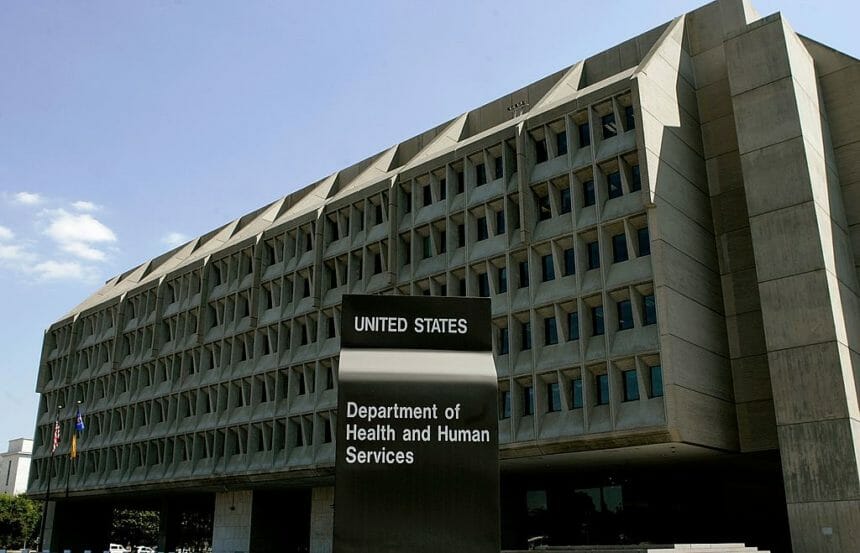The federal government has inched closer to removing marijuana from its classification as a Schedule I drug — the most restricted category of substances that includes heroin.
The Department of Health and Human Services (HHS) recently released a scientific review that concluded cannabis has a lower potential for abuse than other drugs classified in Schedules I and II. The review also found marijuana has potential as a medical treatment, as evidenced by its widespread medicinal use in dozens of states.
Marijuana has been classified as a Schedule I drug since 1970, when the Controlled Substances Act passed. Schedule I drugs are classified based on three main factors: a high potential for abuse, no accepted medical use in the U.S. and no accepted safety for use with medical supervision.
This is the first time the federal government is challenging that categorization for marijuana, marking a significant departure from its historical stance.
“Despite the high prevalence of nonmedical use of marijuana, an overall evaluation of epidemiological indicators suggests that it does not produce serious outcomes compared to drugs in Schedules I or II,” the authors of the report wrote. In fact, data has shown that marijuana and other marijuana-derived products “are producing fewer negative outcomes than drugs in Schedules I or II.”
Some of those negative outcomes include poison control calls, emergency room and hospitalization rates, the likelihood of being diagnosed with a substance use disorder and overdose deaths. In other words, marijuana has a much lower association with those negative outcomes than Schedules I or II drugs like heroin, oxycodone and cocaine.
The report also pointed out that cannabis is currently being used medicinally for an array of health conditions, including anxiety, epilepsy, inflammatory bowel disease, nausea and vomiting related to chemotherapy, pain and post-traumatic stress disorder (PTSD).
Rebuke to the review
While the report acknowledges the safety and efficacy of medicinal cannabis hasn’t fully been established yet, the available data do provide “some credible level” of scientific support for some of the therapeutic uses for which marijuana is being used in clinical practice in the U.S., the HHS authors noted.
Indeed, over the last decade, marijuana decriminalization and legalization has swept the U.S., with some two dozen states allowing possession of the drug for adults. Additionally, nearly 40 states have legalized medical marijuana.
The American Nurses Association (ANA), among others, applauded the recommendation late last week, noting in a statement that it is “an accomplishment in realizing the potential for marijuana in health care delivery.”
The review is the result of an initiative President Joe Biden started in 2022, when he asked the HHS to conduct a sweeping review on how marijuana is classified under federal law. At the same time, he granted a pardon to people convicted of simple marijuana possession under federal law.
“The president has been clear that marijuana laws are not working,” a senior administration official told POLITICO at the time. “The president has been considering his options and he is now taking executive action.”
The Drug Enforcement Administration (DEA) is expected to make a decision on marijuana’s classification — and whether it will be moved to Schedule III — in the next several months.
Over the summer, HHS sent a letter to the DEA asking for marijuana to be reclassified in a lower-risk drug category.
To read a May 2024 article on the DOJ proposal to reclassify cannabis sparking hope for legalization, click here.







